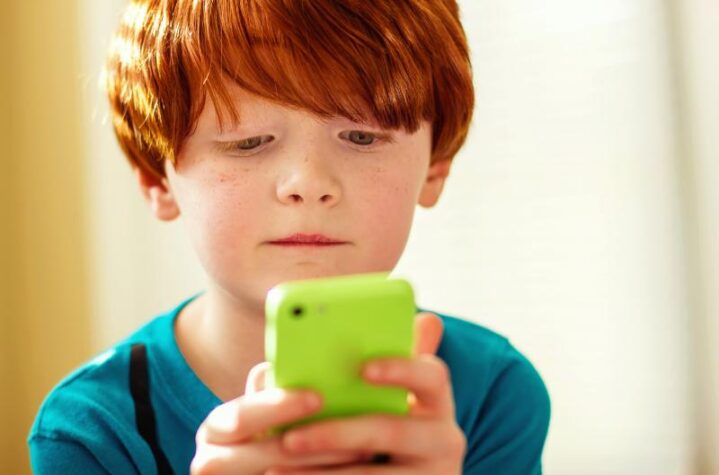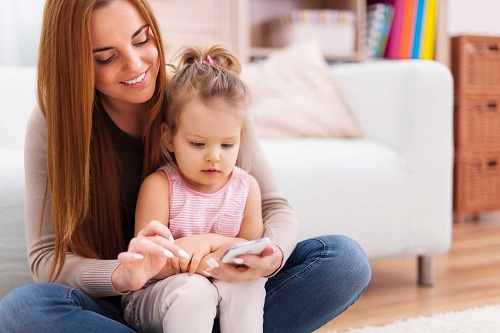
Tots and gadgets: How much is too much?
“Teacher, does your phone have a video?” said my three year old Kayle.
Today, over 1.8 billion people in the world use smartphones and tablets on a daily basis. This extensive use of technology seeps down to the youngest members of our society. Let’s face it, our kids are digital natives. In the advent of e-learning, devices coupled with reliable internet connectivity, have been used as platforms to optimise learning in the classroom. Devices that deliver several types of stimuli to the learners all at once. This further increases a child’s frequency of usage of such devices.
In this day and age that the world is getting flat – with reliable internet connectivity, knowledge work can be done by skilled workers anywhere whether synchronous or asynchronous. Our children are expected to acquire 21st century lifelong skills which include: critical thinking, creativity and innovation, communication and media literacy, collaboration and leadership, computing and digital proficiency, cross cultural and social fluency, career, civic and learning self-direction. It is known that digital devices help the acquisition of 21st century skills because with the use of such technologies, activities and apps that help hone skills are executed with ease in the classroom. But just how much gadget time is healthy for our kids?
Although e-learning is becoming a mega trend that shapes the educational landscape nowadays, the utilisation of these devices in the classroom is slowly becoming the norm. Parents use these devices in the home to keep their children busy. Many times we see a child as young as 2, holding an iPad and playing games or watching videos with it. This means that aside from limiting actual interaction with their peers in school, by letting children use these devices at home, it further limits their social interaction with their siblings and parents. However, inasmuch as these devices help optimise classroom instruction and help us keep them busy within the day, we are compromising one vital aspect of their lives – social development.
Bangkok Grace International School faces this with great care. BYOD is limited to classwork encouraging students to interact personally with one another in and out of the classroom. Teachers are likewise encouraged to engage students in hallway talks about anything under the sun. Kids spend almost 80% of their waking hours in school, each class integrates technology with some limits without compromising the quality of instruction. For example, in a Grade 1 class, teachers may allow use of gadgets for reading class but when the bell rings for break time all students run out of class to play and socialise amongst their peers. This fosters a lot of intangible benefits making students grow in their interest with one another as well as explore the world around them. Besides, when children are taught the basic concept of a circle, visual pictures can help imagination but having to hold an actual object that is of the shape will have more lasting effect in their retention.
A child’s interpersonal skills, poise and social competence are dependent on their interaction with their peers. Since the use of most electronic gadgets, like the ones mentioned earlier, is relatively solitary by nature, it is highly likely that children will tend to develop “electronic friendships” with their devices rather than actual people. This poses a threat in their social development as individuals. They may be savvy in communicating through chat or email, since they are highly exposed to such activities, but they will tend to be aloof when they are asked to mingle with people in a group or deliver an extemporaneous speech in front of the entire student body. Missing out in developing essential social skills will highly impact their lives as adults, practically since most jobs tend to kick off with interviews and once they land jobs, in any industry at that, they will have to work and coordinate with other people. In our school, we value the holistic growth of young children. We embrace the fact that the children we are teaching today no longer learn in the same way we were taught yesterday, we embrace their nature as digital natives by employing e-learning techniques in our classroom

instructions, but we pay careful regard of their development as social beings. Exposing our students to play is very vital at such a young age. Through this they get to learn verbal and nonverbal interaction with their peers, their bodies become supple and healthy, they learn how to deal with conflict, and they learn how to deal with losses and rise up from them. We expose them to tasks and activities that will enable them to learn teamwork, cooperation and collaboration with their peers in their corresponding grade levels as well as their schoolmates in the other levels. With this, they get to learn how to interact with different types of individuals with much eloquence and social grace. We let them do metacognitive activities that enable them to reflect about theories, how it translates in their lives as children and encourage them to share their thoughts and experiences with their peers. This makes them become reflective individuals at such a young age, which helps them understand themselves better.
As a mom and educator, I believe that a child’s development should be holistic. It is imperative to sharpen the mind, for it serves as the discerning faculty in our lives as humans. It is important to shape the body, for it is the machine that enables one to be a mechanism of change in this world. But most of all, it is essential to hone the heart. As impressionable as young kids are and with the type of influences that they have around, a heart rooted in the word is their best weapon to the threats of this world. We aim that every child that goes under our care will soon become individuals with competent and critical minds, with compassionate and committed hearts who will be agents of change in this world.



